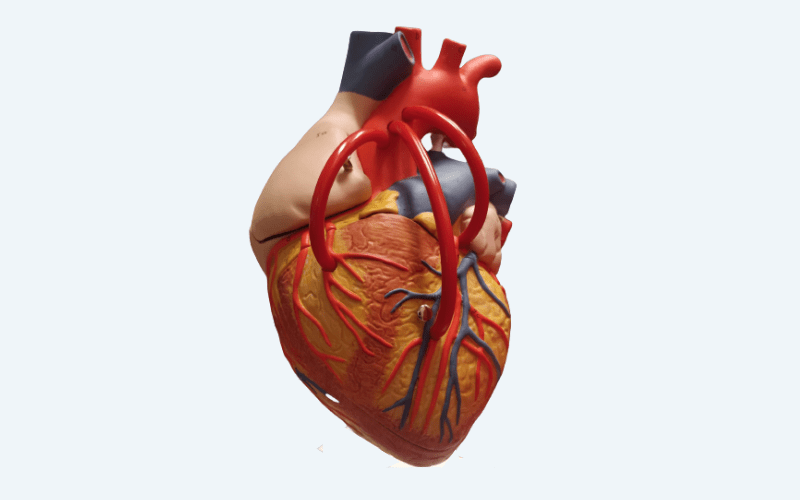Coronary Artery Bypass Grafting (CABG)
Coronary Artery Bypass Grafting (CABG) is a surgical procedure performed to improve blood flow to the heart muscle by bypassing blocked or narrowed coronary arteries. It is commonly used to treat coronary artery disease (CAD), a condition where the blood vessels that supply oxygen and nutrients to the heart become clogged with fatty deposits or plaques.
Coronary Artery Bypass Grafting (CABG)
Coronary artery bypass graft surgery (CABG) is a procedure used to treat coronary artery disease. Coronary artery disease (CAD) is the narrowing of the coronary arteries – the blood vessels that supply oxygen and nutrients to the heart muscle. CAD is caused by a build-up of fatty material within the walls of the arteries. This build-up narrows the inside of the arteries, limiting the supply of oxygen-rich blood to the heart muscle.
One way to treat blocked or narrowed arteries is through Coronary Artery Bypass Grafting (CABG). This procedure involves bypassing the blocked portion of the coronary artery with a piece of a healthy blood vessel from elsewhere in your body. Blood vessels, or grafts, used for the bypass procedure may be pieces of a vein from your leg or an artery from your chest. CABG is a common and effective surgical treatment for improving blood flow to the heart, relieving symptoms of coronary artery disease, and reducing the risk of heart attacks.
Objectives of Coronary Artery Bypass Grafting (CABG) Surgery
The main aim of coronary artery bypass grafting (CABG) is to improve the blood supply to the heart, especially when there is a severe blockage in the coronary arteries. This blockage hinders the flow of blood to the heart muscle, which can affect the heart’s functioning. CABG surgery bypasses the blockage and restores blood flow to normal.
Surgery Procedure
Basic Preparation: Before surgery, the patient undergoes a complete medical examination and is prepared for the surgery.
Commencement of Surgery: Usually, CABG surgery is performed under general anesthesia. The surgeon makes a large incision in the chest.
Graft selection: The surgeon removes a healthy blood vessel (graft) from the body, such as a saphenous vein (vein in the leg) or an arterial graft (vein in the abdomen or chest).
Bypass creation: The graft is attached above or below the blockage in the coronary artery, so that blood flow is not disrupted.
Post-surgery care: After surgery, the patient is kept in the ICU and monitored. Usually, the hospital stay is 5-7 days.
Benefits of CABG
Normal blood flow: Bypassing the blockage in the heart arteries returns blood flow to normal.
Pain reduction: Chest pain and other symptoms improve.
Improved heart function: The patient’s heart function improves after surgery, making physical activities easier.
Potential risks
Infection: There is a risk of infection after surgery.
Heart attack or stroke: These complications may sometimes occur during or after surgery.
Health problems: such as high blood pressure, diabetes, or kidney problems.
Recovery and lifestyle
After surgery, the patient is advised to take proper care and lifestyle changes, such as a balanced diet, regular exercise, and avoiding smoking. The doctor will plan regular checkups and treatments so that the patient can recover quickly and stay healthy for a long time.
Recovery and lifestyle
After surgery, the patient is advised proper care and lifestyle changes, such as:
Healthy diet: A balanced diet, which includes fruits, vegetables, and low-fat foods, is essential for heart health.
Regular exercise: Moderate exercise as advised by the doctor helps in recovery.
Avoiding smoking and alcohol: Smoking and excessive alcohol consumption can affect heart health and are advised to stop.
Conclusion
Coronary artery bypass grafting (CABG) is an effective treatment option that helps improve the blood supply to the heart and enhances the patient’s quality of life. Although there are some risks associated with the surgery, proper medical supervision and lifestyle changes can help patients recover quickly and stay healthy for a long time. It is important to contact Dr. Sudhanshu J. Agnihotri for complete information and personalized advice about the surgery.

